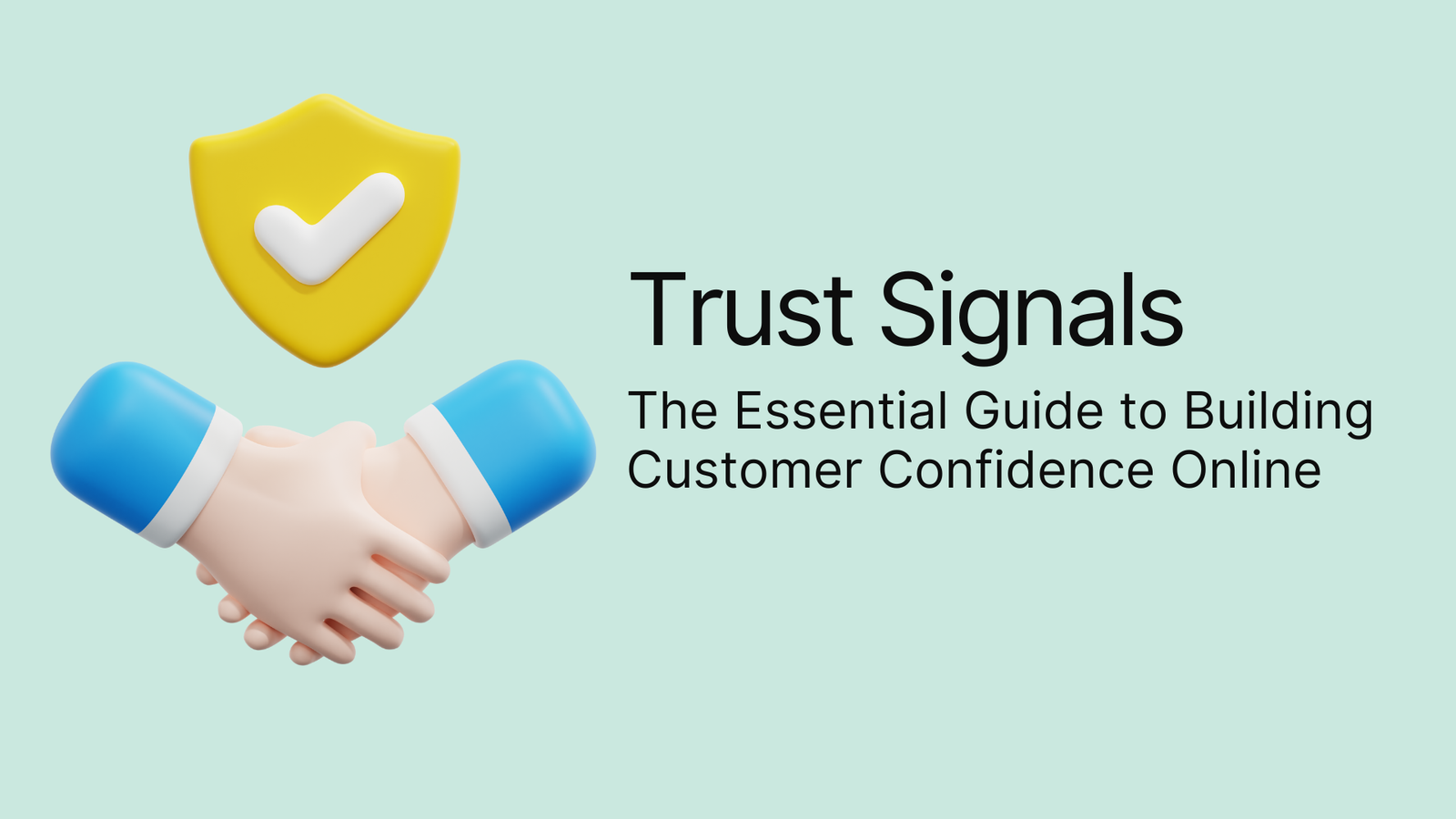Ever wondered why some websites instantly make you feel comfortable while others leave you hesitant? I’ve spent years studying this phenomenon, and it all comes down to trust signals – those subtle but powerful elements that tell visitors they’re in safe hands.
In my experience working with hundreds of websites, I’ve discovered that the right trust signals can double or even triple conversion rates. Think of them as digital handshakes that welcome visitors and assure them they’re making the right choice by choosing your business.
Building Trust Online: A Guide to Trust Signals
What Are Trust Signals?
Trust signals are the visual elements on your website that show visitors they can feel safe doing business with you. These include symbols, badges, and messages that tell people your site is trustworthy. When someone lands on your homepage, these signals help them decide whether to stay or leave.
I’ve found that good trust signals make a big difference in how many visitors become customers. They work because they answer common questions like “Is this site safe?” and “Can I trust this company?”
Key Types of Trust Signals
Types of social proof are some of the strongest trust builders I know. Real comments from actual customers, complete with names and photos, make your business more believable. I suggest adding a review section to your homepage where visitors can see what others think.
Security badges tell visitors their information is safe. If you run an online store, make sure you show SSL certificates and payment security symbols. These little badges make people feel better about typing in their credit card numbers.
Awards and certifications show you’re good at what you do. If your business has won recognition in your field, display it proudly. But don’t go overboard – pick one or two that matter most to your customers.
When big companies use your products or services, their logos can help build trust. But be careful – too many logos can make your site look messy. Pick a few well-known names and display them neatly.
Making Trust Signals Work for You
I recommend putting testimonials where they’ll get seen. Near product descriptions or pricing information works well. People often look for others’ opinions before they buy.
Contact information needs to be easy to find. Put your phone number, email, and address where visitors can spot them quickly. If you offer live chat, make that button stand out.
Your website itself should look clean and work well. Fast loading pages and clear navigation make visitors trust you more. When everything works smoothly, people feel confident about doing business with you.
Testing What Works
You need to check if your trust signals are helping or hurting. Try different places for your testimonials and badges. Watch how visitors react. Some tools can show you where people click and how far they scroll.
Keep your trust signals fresh. Update your reviews regularly. Make sure your security badges are current. Test new ways to show visitors they can trust you.
Remember that different businesses need different trust signals. What works for a clothing store might not work for a law firm. Pay attention to what your specific customers care about most.
The best part about trust signals is that they’re easy to add and change. Start with one or two types and build from there. Watch your numbers to see what helps people trust your site more.
The Power of Building Trust Online
I’ve seen firsthand how the right trust signals can transform a struggling website into a thriving business. They’re not just decorative elements – they’re powerful tools that help visitors feel confident in their decisions. When implemented thoughtfully, trust signals create a foundation of credibility that keeps customers coming back.
Remember, building trust online isn’t a one-time task. It’s an ongoing process of listening to your customers, staying current with security standards, and constantly refining your approach. Start small, measure your results, and keep improving – your visitors will notice the difference.

